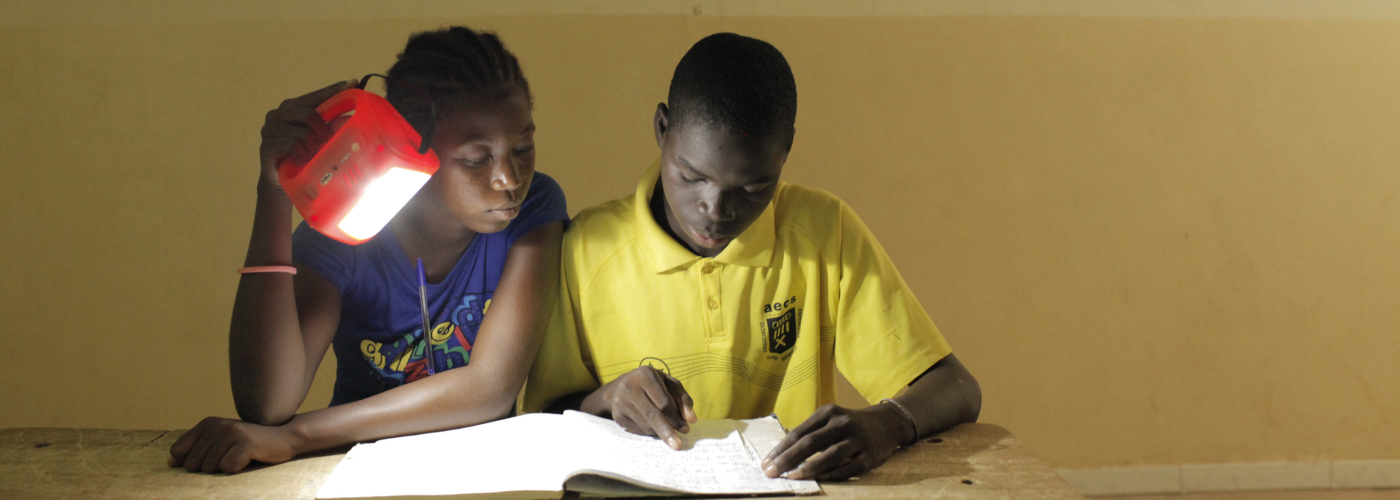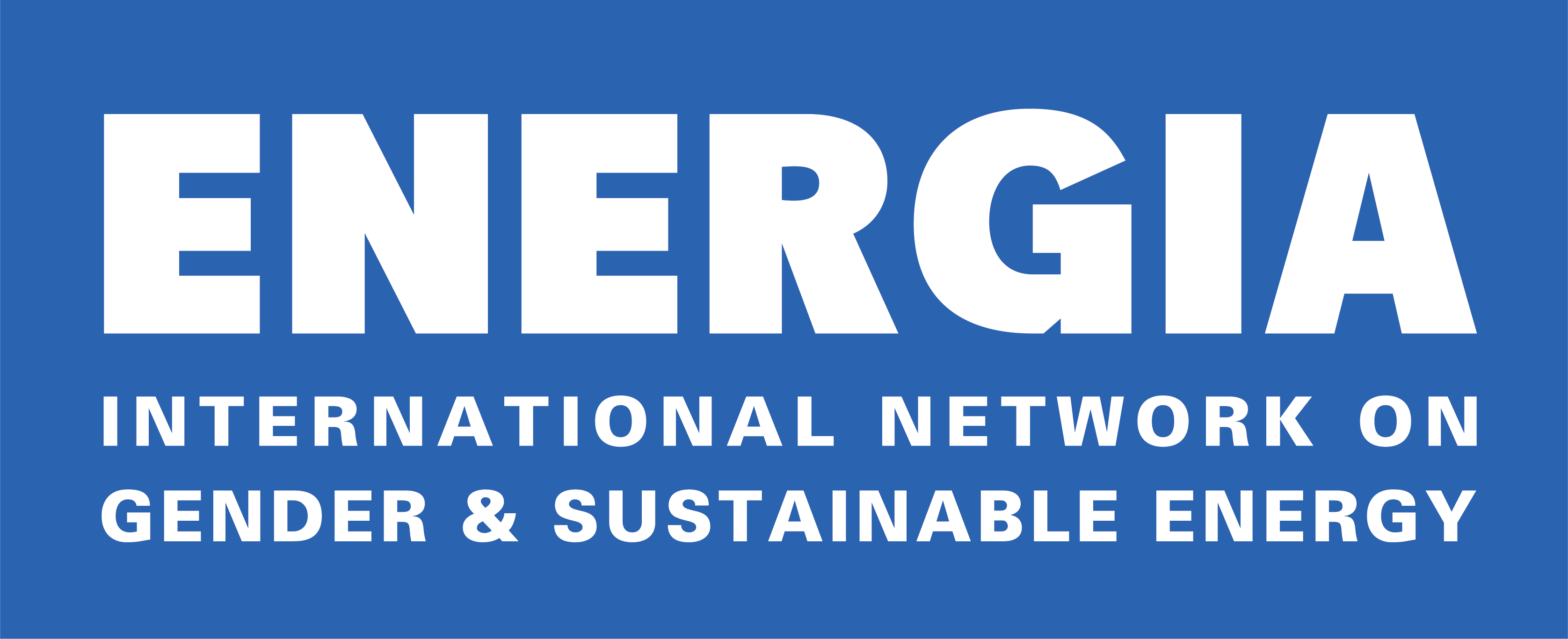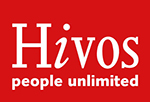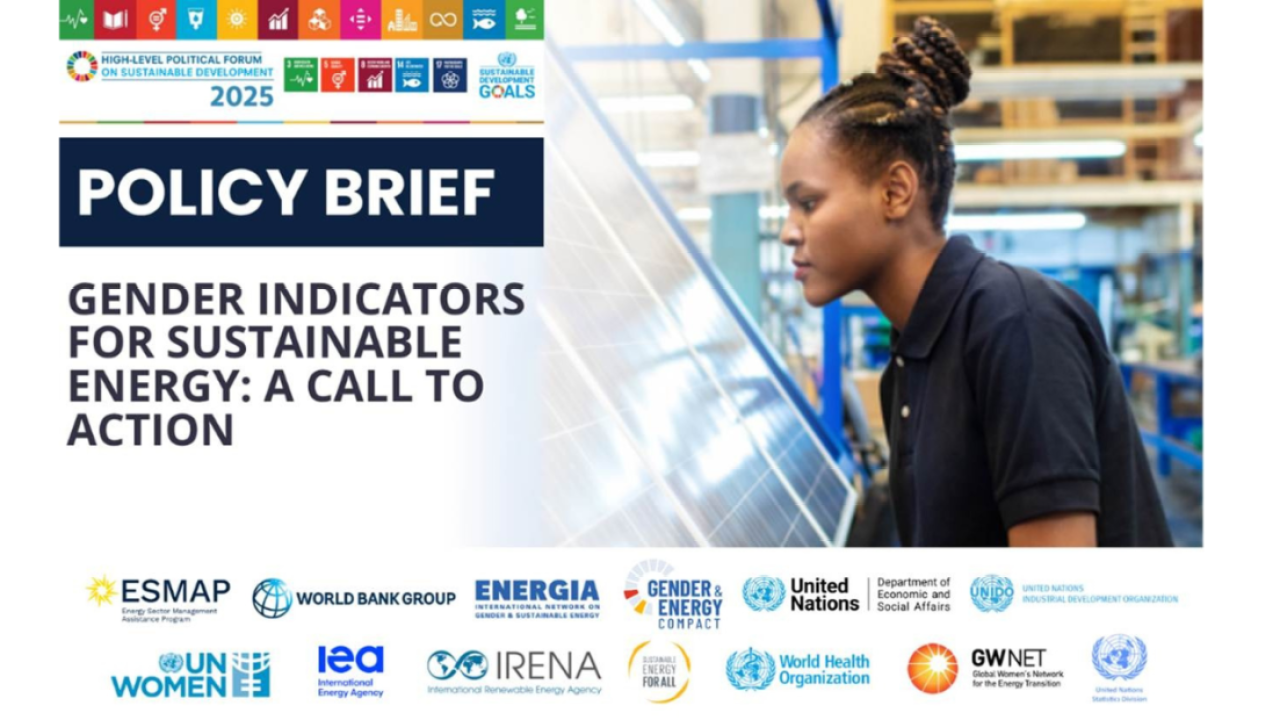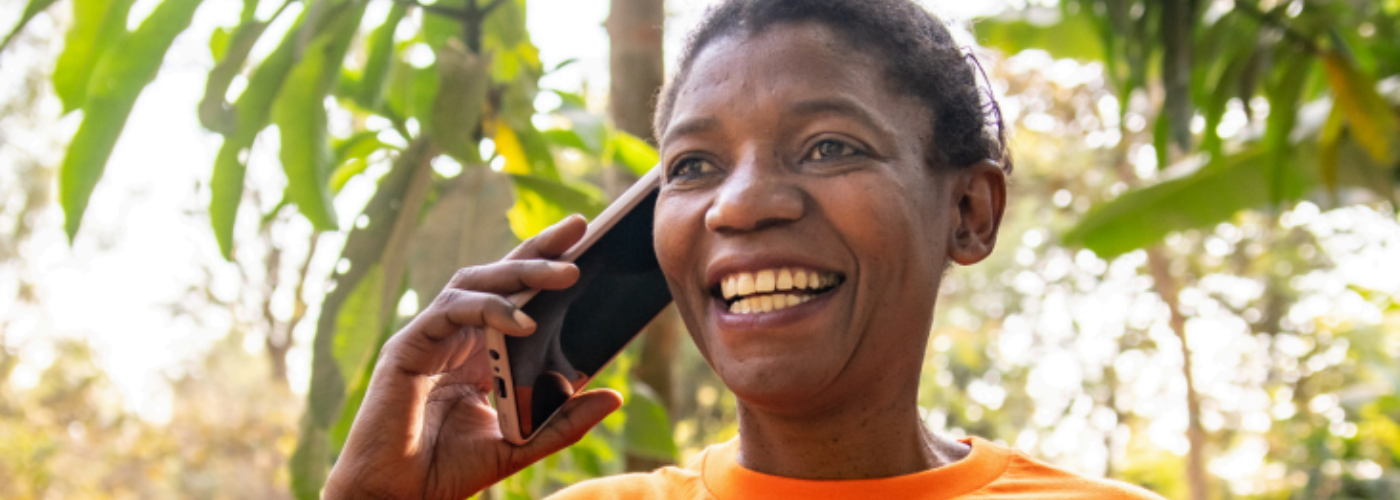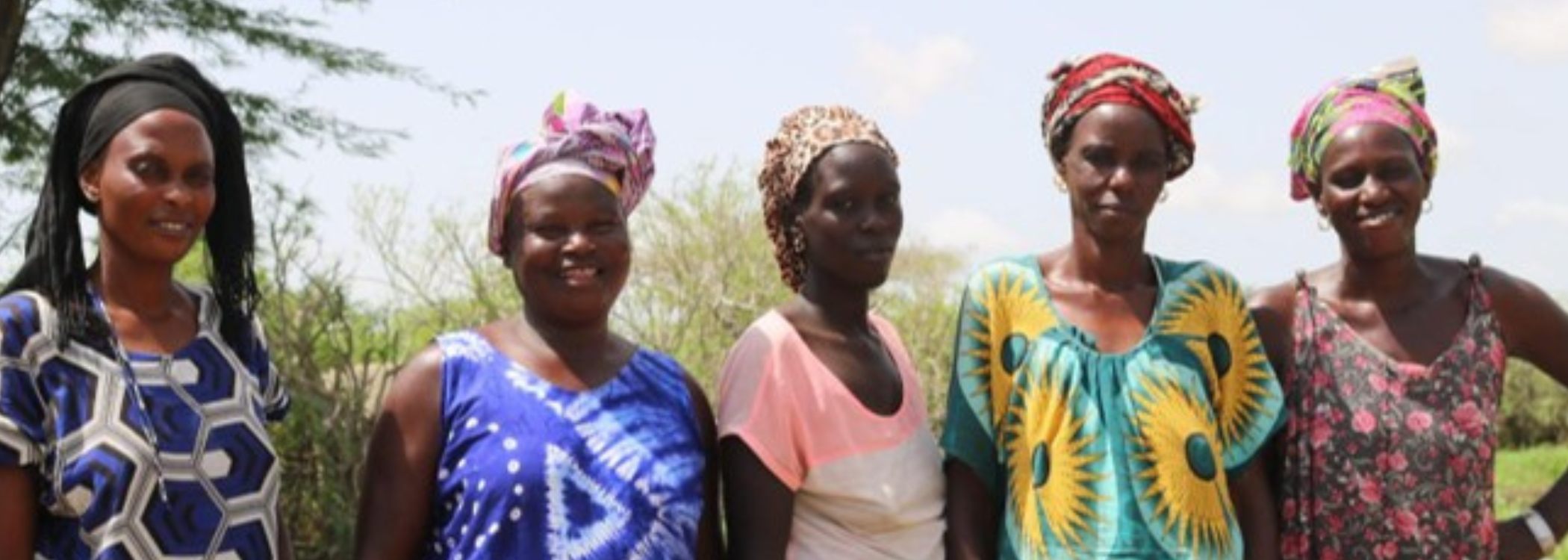How we guide progress toward achieving access to modern-energy cooking solutions for all is more critical than ever before. To date, measurements of access have focused primarily on fuel penetration, overlooking many of the contextual factors that shape users’ adoption of stoves and fuels. Over the past decade, much attention has focused on expanding access to clean cooking solutions, defined by the technical attributes of combustion and heat-transfer efficiency and emissions. However, the 2020 Tracking SDG 7: The Energy Progress Report finds that the annual increase in access to clean cooking fuels and technologies between 2010 and 2018 averaged just 0.8 percentage points. In Sub-Saharan Africa, population growth outpaced the annual growth in access. Most progress was in urban areas, with rural areas continuing to fall behind. Clearly, without a more complete understanding of the local context of cooking—including users’ cooking experience, their physical cooking environment, and the markets and energy ecosystems in which they live—the uptake and sustained use of the stove technology-and-fuel solutions available today will remain limited.
